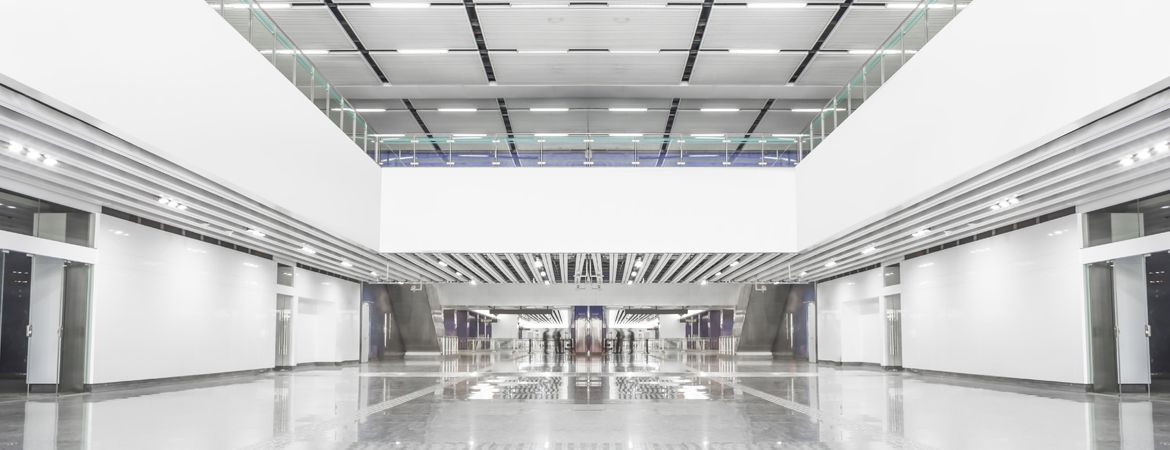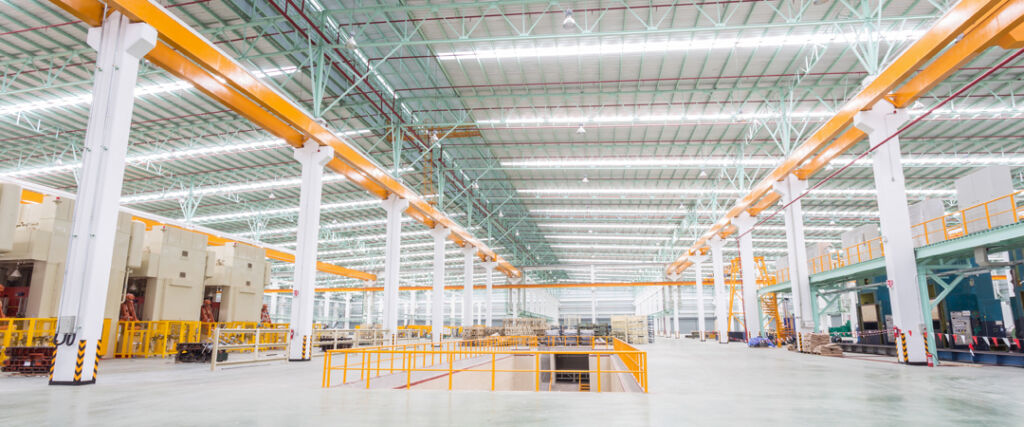
Industrial lighting is an essential component of any manufacturing or industrial facility. It not only provides adequate lighting for workers to perform their tasks safely and efficiently, but it can also improve productivity and reduce energy costs. In this guide, we’ll explore the different types of industrial lighting solutions available, their benefits, and how to choose the best option for your facility.
Understanding the Different Types of Industrial Lighting.
There are several types of industrial lighting solutions available, each with its own unique benefits and drawbacks. Some of the most common types include high bay lighting, low bay lighting, LED lighting, and fluorescent lighting. High bay lighting is typically used in facilities with high ceilings, while low bay lighting is better suited for lower ceilings. LED lighting is energy-efficient and long-lasting, while fluorescent lighting is a more affordable option. Understanding the differences between these types of lighting can help you choose the best option for your facility.
Factors to Consider When Choosing Industrial Lighting.
When choosing industrial lighting solutions, there are several factors to consider. First, consider the type of facility and the tasks being performed. For example, a warehouse may require brighter lighting than an office space. Second, consider the energy efficiency and cost-effectiveness of the lighting option. LED lighting may have a higher upfront cost but can save money in the long run through energy savings. Finally, consider the maintenance requirements of the lighting option. Some options may require more frequent bulb replacements or cleaning than others.

Benefits of LED Industrial Lighting.
LED industrial lighting has become increasingly popular in recent years due to its many benefits. LED lights are highly energy-efficient, using up to 80% less energy than traditional lighting options. This can result in significant cost savings on energy bills. Additionally, LED lights have a longer lifespan than traditional lighting options, reducing the need for frequent bulb replacements and maintenance. LED lights also produce less heat, making them a safer option for industrial settings. Overall, LED industrial lighting is a cost-effective, energy-efficient, and low-maintenance solution for industrial lighting needs.
Maintenance and Upkeep of Industrial Lighting.
Proper maintenance and upkeep of industrial lighting is crucial for ensuring optimal performance and longevity. Regular cleaning of fixtures and lenses can help prevent dust and debris buildup, which can reduce light output and cause overheating. It’s also important to regularly inspect wiring and connections to ensure they are secure and free from damage. In addition, replacing bulbs and other components as needed can help prevent costly downtime and ensure consistent lighting levels. By following a regular maintenance schedule, industrial lighting can continue to provide reliable and efficient lighting for years to come.
Choosing the Right Industrial Lighting Provider.
When it comes to choosing the right industrial lighting provider, there are several factors to consider. Look for a provider with a strong reputation for quality and reliability, as well as experience working with industrial clients. It’s also important to choose a provider that offers a wide range of lighting solutions to meet your specific needs, whether you require high bay lighting for a warehouse or outdoor lighting for a parking lot. Finally, consider the provider’s customer service and support, including their ability to provide ongoing maintenance and repairs as needed.

